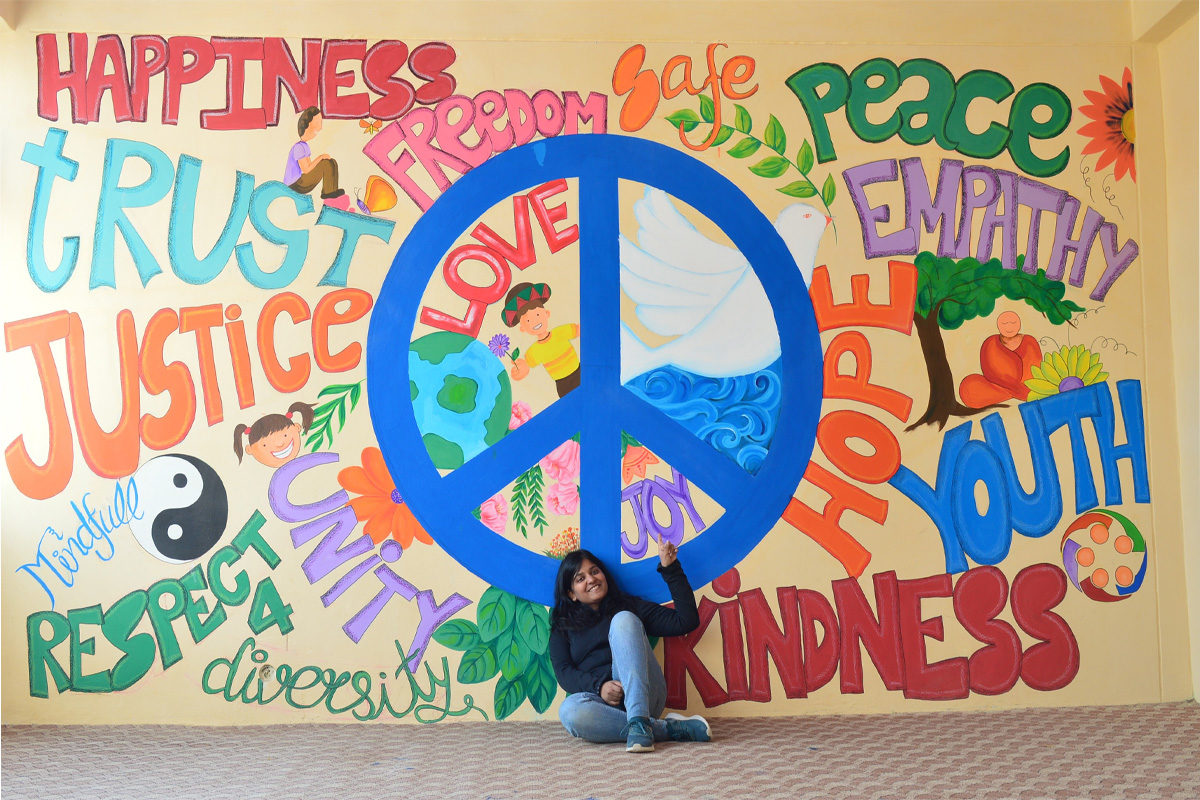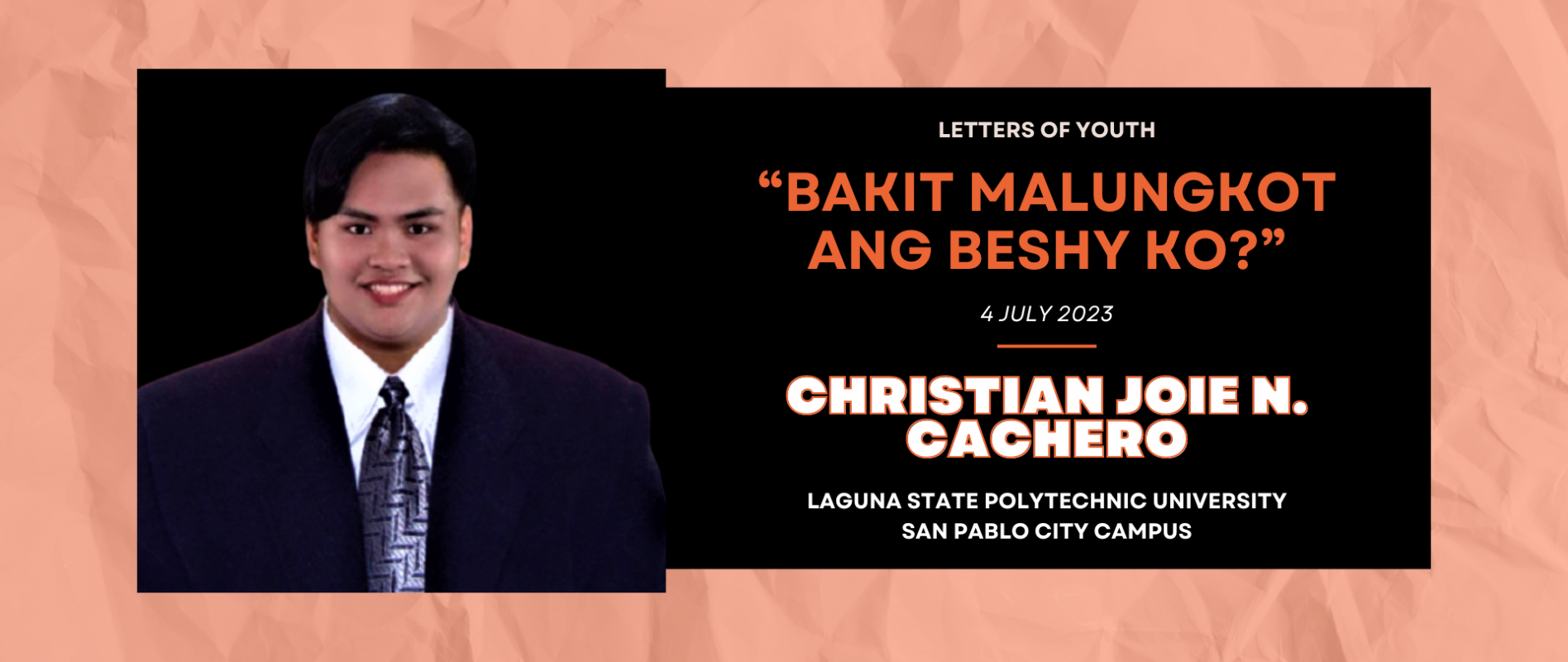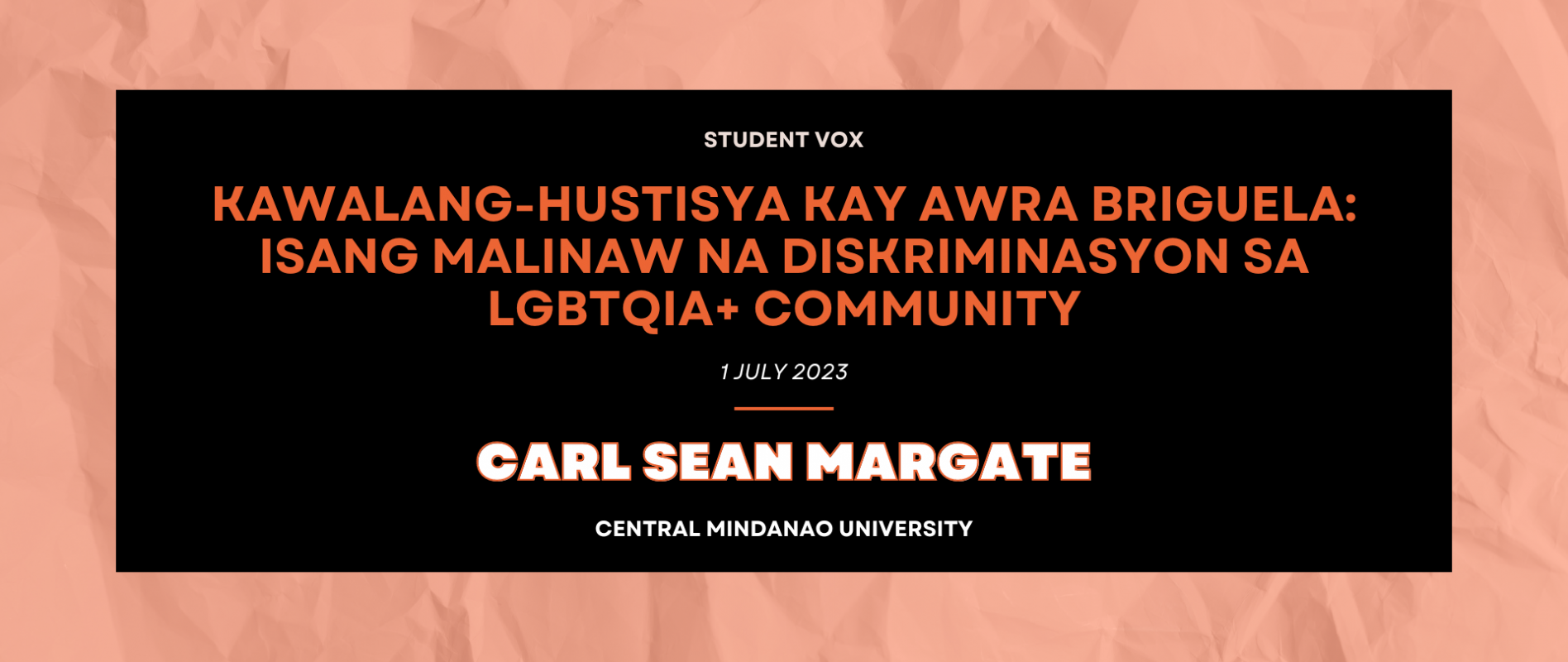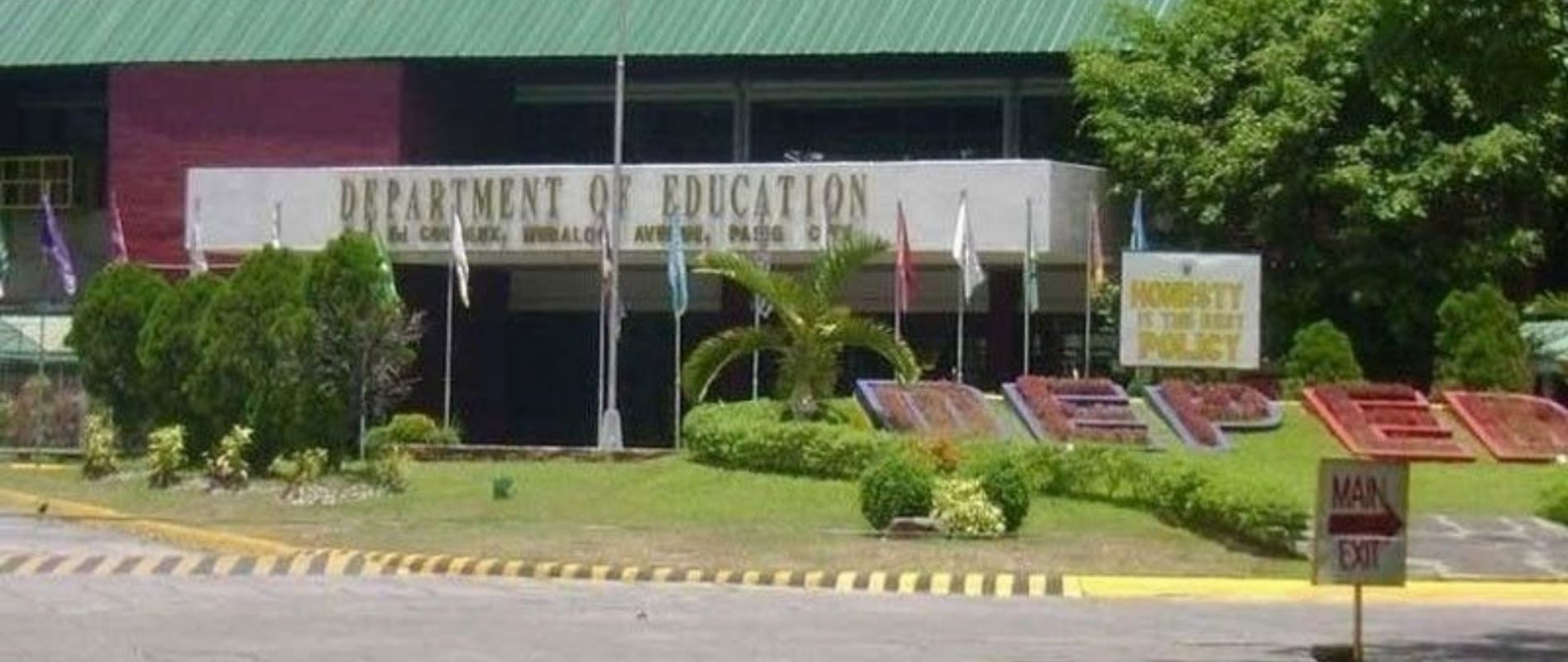YOUTH AGAINST VIOLENCE, WAR, AND CONFLICT: A BUILDERS FOR PEACE
“We cannot always build a future for our youth, but we can always build our youth for the future.” - Franklin D. Roosevelt
Apart from the terrible pandemic that we are facing, violence is still one of the global public health issues that remain pervasive. Globally, the cumulative number of war casualties has been decreasing since 1946. And yet, war and aggression are currently on the rise, with many wars being fought between non-state parties, such as political militaries, criminal groups, and foreign terrorist groups. Unsolved ethnic conflicts, a deterioration of the rule of law, absence of or co-opted state structures, illegal economic gains, and shortages of energy compounded by climate change have been the dominant factors of violence. Terrorism kills many more civilians now than military war. In 2017, nearly half a million people around the world were killed in killings, just over 89,000 killed in violent military struggle and 19,000 killed in terrorist attacks.
Conflict is the primary cause of crime, with more than 99 percent of all terrorism-related deaths occurring in countries embroiled in armed conflict or high levels of political terror. The bulk of deadly attacks take place in the Middle East, North Africa, and sub-Saharan Africa, with Afghanistan, Iraq, Nigeria, Somalia, and Syria bearing the largest responsibility.
These hostile killings have triggered public outrage to threaten the hope and strength of democracy. Violence includes a wide variety of situations that target anybody, whether a woman or a man, or a child. One of the top examples is sexual assault, which is related to abuse and prostitution. Sexual harassment is a threat to peace and security. It prohibits women from engaging in peace and political processes and post-conflict restoration and reconciliation. It becomes a way of life as a weapon of war: once anchored in the structure of society, it lingers long after the weapons have fallen silent.
Many women lose their health, their livelihoods, their husbands, their families, and their networks as a result of violence. This, in essence, could undermine the structures that anchor community ideals and, as a result, disrupt their delivery to future generations. Children accustomed to acts of rape may become adults who recognize those acts as a norm. Domestic violence has a major effect on the overall health and well-being of people by inducing physical damage, fear, distress, weakened coping abilities and raising the risk that they will participate in risky behaviors such as self-harm or drug misuse.
Poverty is one of the key reasons behind migration in the Philippines. Many overseas workers who migrate depend on informal channels; these may turn out to be vehicles for different modes of slavery, abuse, and trafficking. Overseas Filipino jobs increasingly include people from disadvantaged communities who are going overseas to avoid starvation at home. Women make up almost half the Filipino overseas jobs. They can be subject to violence and fear becoming victims of physical assaults, sexual harassment, and verbal, psychological, and emotional violence. They may be deprived of the resources they need for their physical and emotional well-being, vulnerable to contraventions and workplace health risks, exempt from health and social services, or required to work under the same circumstances.
Landlessness is also a root cause of conflict and violence. The Philippines is characterized by a monopoly system of land ownership, with the bulk of the land in the hands of a small elite. It is claimed that legislators themselves are frequently landlords and that the Land Reform Policy has been tailored to suit their own needs.
As a consequence of the drive towards industrialization taking place in the Philippines, the group of farmers and even Indigenous People (IP’s) have been battling for this ancestral land which eventually led to indignation rally while vehemently screaming for their rights. Apart from this, students from different universities, mainly from the UP community, protested massively against the unilateral repeal of the UP-Department of National Defense (DND) agreement. In certain cases, they have called for incorrect detention, subjecting a red-tag line. The disarray between the government and the institution captures the bare fact that there is no intimate understanding and consideration.
While all people are in great turmoil and massive violence, government officials are also in chaos. Blaming one of their co-officials because of the failure in getting the vaccine, some condemn each way they rule and handle their position, while some are battling for the electoral position in the forthcoming election. Understandably, all these nonsense things are the very reason why the Philippines is still in developing countries, which remain outdated, poor, and stagnant. This is the undisguised truth of why the Philippines is constantly crippling into massive debt, just because of chaos that lies within their position in the public.
In the daunting fluidity of post-conflict worlds, which are nothing but settings in which war strategy persists through a variety of means, these deafening factors of innumerable violence, war, and conflict will serve as a challenge for all youth to be at the forefront of peace-building.
How the resilience of youth manifests itself is highly reliant on its social, economic, and political setting. If young people are offered chances for engagement, they are more likely to capitalize constructively on their resilience and thereby become very useful assets in peacebuilding.
What needs to be stressed is that young people should be conceived and identified as agents of positive peace in tackling not just the challenges of physical abuse, but also the challenges of systemic and cultural violence and the wider mechanism of social transformation that turns aggressive, patriarchal, and hierarchical systems as well as actions, relationships and attitudes into more factors.
It is important to provide young people with training opportunities to take an active role in creating peace. For example, with their youthful enthusiasm and skills, and willingness to respond to emerging technology developments, young people may serve as mediators, community mobilizers, humanitarian workers, and peace negotiators. As with any complex conflict impacting the community, the mobilization of youth potential requires a targeted and long-term solution.
Youth participation in peacebuilding from a broader context can be ensured across the arts, music, leisure, sports, and education sectors. The ingenuity and creativeness of young people in these fields may be successfully exploited by relating them to larger peace-building goals, such as building bridges between fractured cultures and ensuring a viable mechanism of reconciliation.
This is the time to heal the whole nation not by the use of biological equipment but by the power of global solidarity which leads youth to become change-makers and peace-builders in their communities and wider societies and promote a constructive vision of young people as leaders. Therefore, as a youth, let us stand and get engaged, rebuild the shattered faith of the people, and together, let us be builders for peace.














